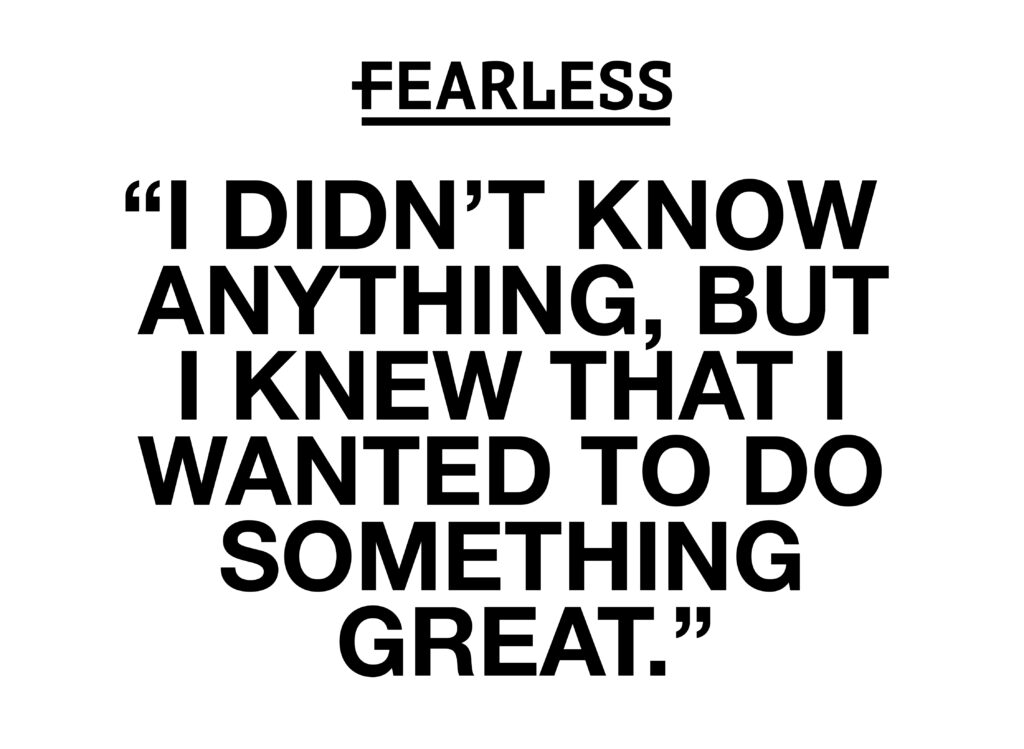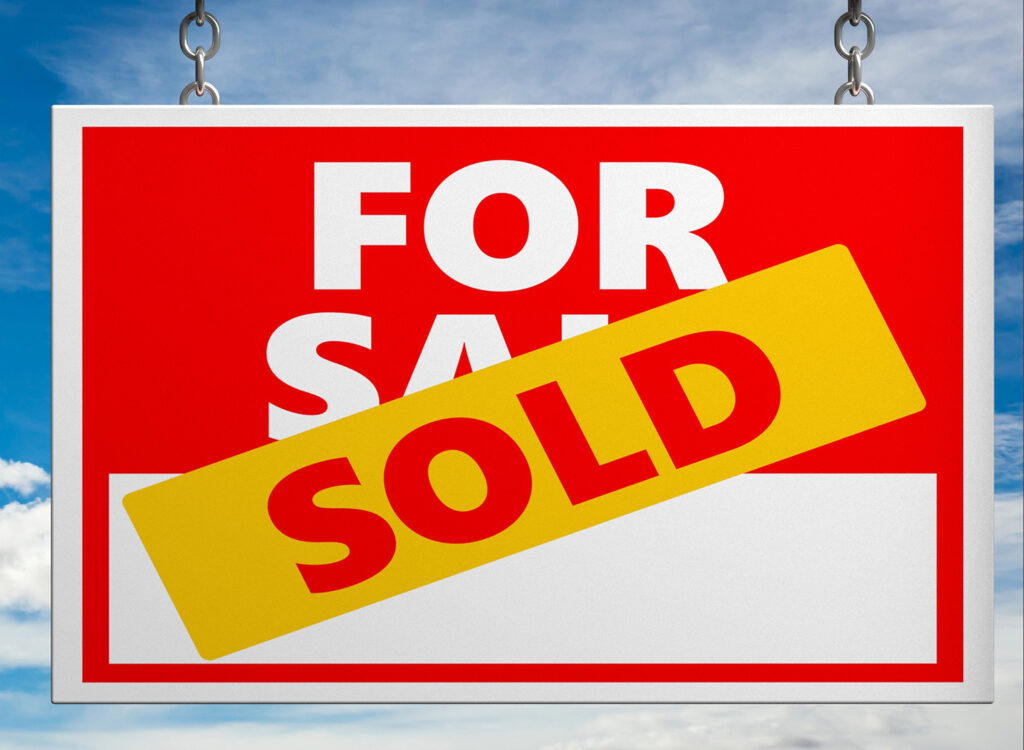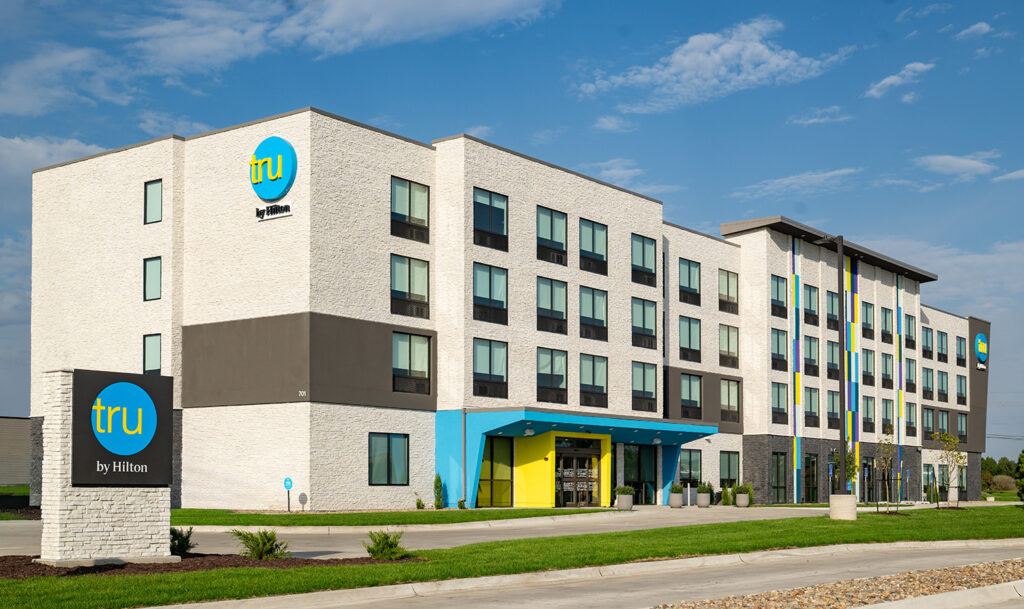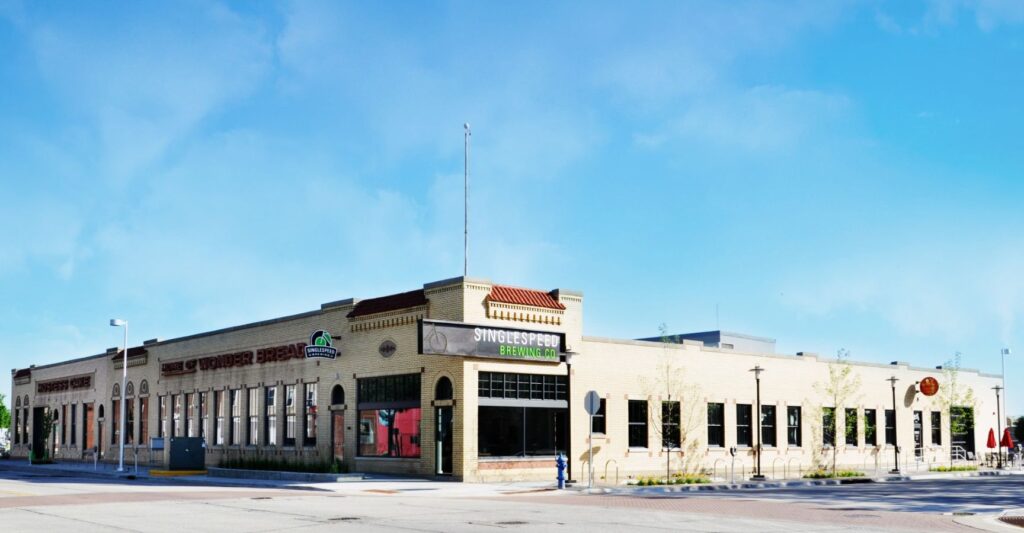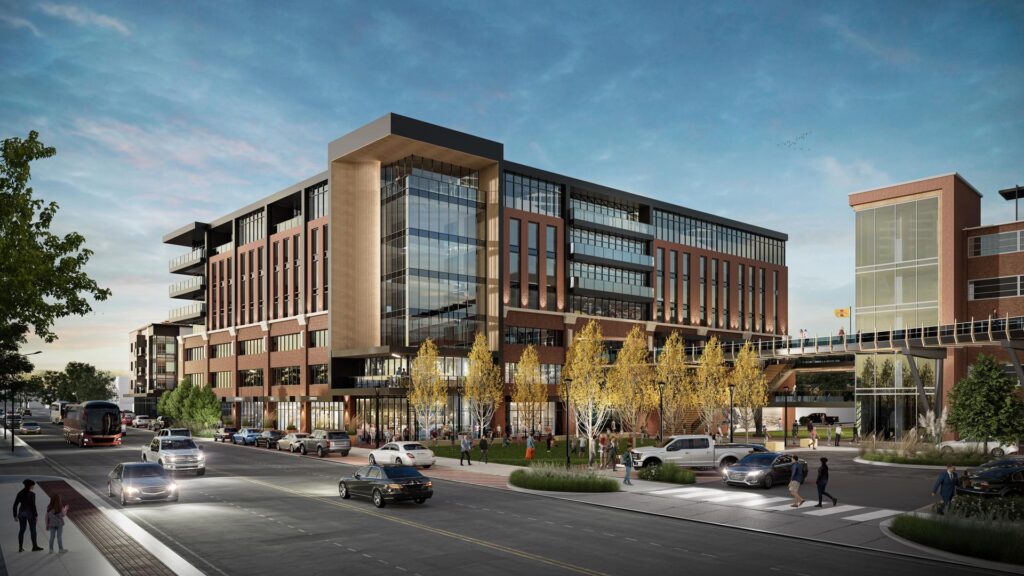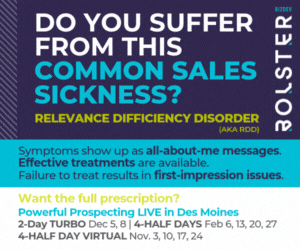A Closer Look: Amber Lynch

KATHY A. BOLTEN Sep 11, 2019 | 9:08 pm
6 min read time
1,446 wordsBusiness Record Insider, Real Estate and Development
Amber Lynch studied Spanish and anthropology as an undergraduate, majors that could be considered a leap from community planning.
Lynch, though, would disagree.
“You can learn so much about a society based on the places that they create,” said Lynch, whose study of Spanish allowed her to travel abroad. “That was something that I learned through archaeology and cultural anthropology, but also traveling abroad and learning the history of different cities and how that history was written in the buildings and the street network and in other things.”
When she was deciding on a graduate program, she came across urban planning in an Iowa State University catalog.
“The idea that I could participate in taking society’s values and translating that into a place was really interesting to me,” Lynch said. “I just fell in love with it right away.”
Lynch’s graduate studies led her to internships with the city of Des Moines and then to full-time employment with the city, first as an assistant planner and then senior planner. This summer she was tapped to be executive director of Invest DSM Inc., a nonprofit corporation that will oversee an expanded effort to revitalize the city’s neighborhoods. She’ll be paid $120,000 annually.
The creation of Invest DSM is a departure from how Des Moines has tackled the problem of deteriorating neighborhoods.
A study released a year ago showed that 22 of Des Moines’ 52 neighborhoods had a higher percentage of “slipping or bad” houses than “good or excellent” ones. In addition, housing values in 30 neighborhoods failed to keep pace with inflation, the study showed. The City Council selected four pilot areas — Beaverdale, Drake, Oak Park/Highland Park and McKinley School/Columbus Park — in which to begin the concentrated effort of rejuvenating neighborhoods.
This summer, the council approved the creation of the nonprofit, whose board includes three council members and three Polk County supervisors and private citizens. Among the board’s — and Lynch’s —responsibilities are deciding what revitalization programs to launch in each of the four neighborhoods and developing guidelines for those programs.
“I think what is so amazing about Des Moines is people really care about this place,” Lynch said. “They care a lot about their neighborhoods.
“And at the end of the day, I want our organization to inspire people to love where they live and to show that they’re proud of where they live and to believe that the place they live is worth their investment of time and energy and money.”
We talked to Lynch about her journey and her new role with Invest DSM.
How did you get interested in urban revitalization as a specialty?
The city of Des Moines was really the only place in Iowa that was doing neighborhood revitalization consistently. One of their staff members came to a class [at Iowa State University] to present. … When she was done, I asked if they had an internship for the summer. They didn’t have any money to pay an intern. I said, “Well, I’d really like to learn about what you do. Can I volunteer part time? I’ll help you with projects. You teach me what you do.” That’s what we did. That was the summer in between my two years of grad school. When I was getting close to graduation, they had a paid internship come up and I did that and [it] turned into a full-time position. And that was 10 years ago.
What did you do as an intern?
The two things that I did my first summer were working on updating the city’s highly technical analysis of impediments to fair housing. That’s a report that HUD requires. I updated that. And I also looked through all of the neighborhood associations’ bylaws because they were trying to redo their policy around … what was required for recognized neighborhoods. So I did all that grunt work to put together a report for the staff, but I got to I know the neighborhoods really well. I got to know the people that were involved in all of the associations, at least by name. And I got to sit in on a lot of different things, too. It was a good introduction to the city.
What did you do during your first years with the city?
I got to assist on a couple of neighborhood plans right out of the gate — the Drake neighborhood plan and the Douglas Acres neighborhood plan — which gave me a really good sense of how Des Moines approached that kind of work. I helped do analysis work for those plans. I helped write the plans. I got to know the neighborhood stakeholders that were involved. … We were in a staff situation where I could shadow people and really learn from the work that they were doing before I went and tried to do it all on my own.
Talk a little bit about some of the other things you’ve done at the city of Des Moines.
I helped create a partnership with Iowa State and their graduate planning studio class to do some neighborhood planning work for us that enabled us to do more. I got involved in Capital Crossroads as well as staff support when we were doing the neighborhood improvement component of the capital core work. I was getting a lot of leadership experiences on projects.
Why are neighborhoods important to a city, and why do they need to be thriving?
I think the tendency can be to put all the focus on a central business district. Neighborhoods are the lifeblood, in some ways, of a community because everybody who works in the community needs a place to sleep; they need a place to shop; they need a place to spend their time off, to find entertainment and have time with family and do the rest of their life. And when neighborhoods aren’t healthy, you start to lose the investment that people make in their community.
If [residents] don’t have the amenities available to them that they want, they’re going to go find them somewhere else. … Healthy neighborhoods help support a city. They make it function.
What will you be doing and how will you help make these neighborhoods thrive?
Our charge with Invest DSM is just that, to enable our neighborhoods to be healthy, vibrant, thriving places. We are in the position of being like an orchestra conductor, where there are lots of players that need to be involved in order to make that neighborhood healthy. That includes everybody from the residents who live there now to future homebuyers or renters in that neighborhood, to Realtors and developers, and so on. Our job … is to pull all of those players together and help them see their role and how they can work together to accomplish this bigger vision of making a neighborhood healthy and vibrant.
What are some of the tools you’ll use to make neighborhoods healthy and vibrant?
Some of our work is coordinating with partners who do what they do. So that’s city departments who repaved the roads and connect the sidewalks and put playground equipment in the parks. We are fortunate that the city and county both believe in this endeavor and have put a pretty substantial amount of funding behind that belief. We get to invest that funding in helping individual homeowners make upgrades to their homes, help developers bring new housing into the neighborhood, help a commercial property owner renovate their property. We’ll get to really enable some of the things that the private market isn’t doing on its own right now.
We really need to think about these houses and commercial properties as part of the city’s infrastructure. Yes, it’s privately owned and the owner has a responsibility for maintaining that structure. But when they move on from that house or that business, the building will still be there and we want to make sure that it’s an attractive building for whoever owns it next. Unfortunately, there’s a lot of blocks where people haven’t kept up with the maintenance over the years. We think it’s worthwhile to help those property owners overcome some of that deferred maintenance and get their house or commercial property in good shape and make sure that it is a great place for them to live and it’s marketable into the future.
What do you do when you’re not doing community planning?
My husband, Ryan, and I try and soak up as much time as we can with our two daughters. We also spend a lot of time with friends; my in-laws are all here and family. We try and get outside as much as possible.






